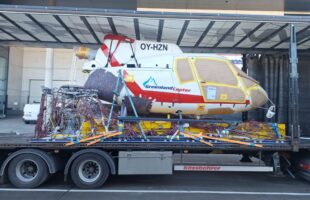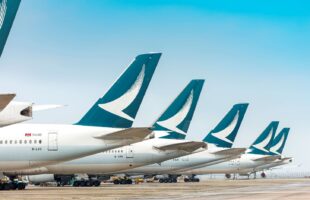Revenue for operators in the air freight services industry in Australia has grown at a CAGR of 3.2 per cent over the past five years, and is now estimated to be to be worth US$3.3 billion, according to research firm IBISWorld. It says the industry has continued to recover from poor conditions, following the financial crisis, which rocked the global aviation industry and suppressed demand for freight services. In 2014-15, industry revenue is expected to grow by 2.8 per cent, aided by strong inbound freight volumes.
According to IBISWorld industry analyst Ryan Lin, “the majority of industry activity relates to international freight and mail services.” Over the past five years, the industry’s performance has strengthened due to increased global trade volumes, supported by successive global and bilateral trade agreements. In addition, advances in communications technology have expanded the scope of international trade in goods and services. Both trends have led to shifts in demand for industry services. Consumers in Australia are taking to the internet to purchase a large range of goods, many of which require air freight services for delivery.
Inbound freight services have performed the strongest due to favourable conditions for importers. Outbound freight exports have stagnated, as “the high Australian dollar limited the ability of Australian exporters to compete in overseas markets,” says Lin. The industry displays a medium level of market share concentration. Major players include Qantas Airways, Singapore Airlines, Emirates Group and Cathay Pacific Airways.
The industry is sensitive to macro-economic drivers, such as the trade-weighted index. As the Australian dollar weakens, the focus of industry activities is expected to swing back towards outbound freight services. The weakening of the dollar is also expected to put pressure on industry operators over the next five years as changes in exchange rates affect the price of aviation fuel. Additionally, the world price of crude oil is expected to increase. The extent to which fuel prices can be passed on to clients in the form of a surcharge will vary by operator. As fuel is the industry’s most volatile area of expense, this is likely to put pressure on profit margins over the period. In the five years through 2019-20, the air freight services industry revenue growth is expected to continue as total demand for airfreight services expands.









